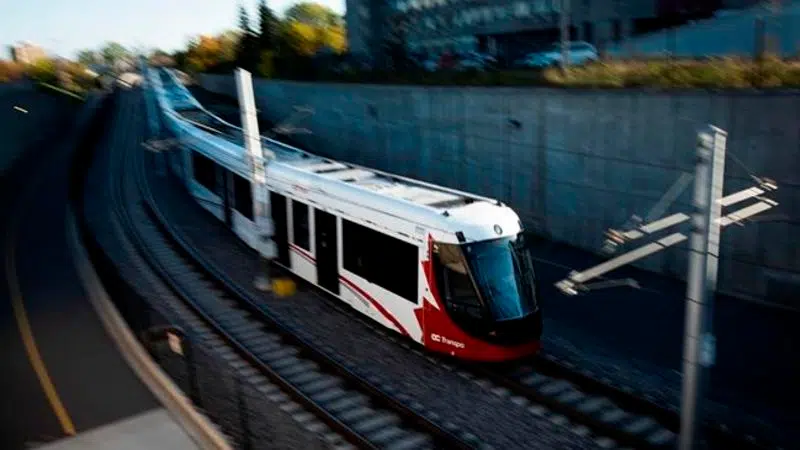
Despite Ottawa’s LRT woes, experts say don’t judge right away
OTTAWA — The sleek red-and-white train sat beside a platform at the western end of Ottawa’s new light rail line on Friday morning, shadowed from the autumn sun as riders walked aboard.
And then the train on the $2.1-billion line did something it hadn’t done in a morning rush hour in days: It ran smoothly.
The commuter chaos — thousands of riders stranded on platforms, emergency buses deployed, people giving up and walking downtown instead of waiting for the city’s transit agency to take them there — dominated newscasts and talk radio, but experts say commuters should not to throw the train under the bus.
It’s quite common for there to be a long learning curve for the people running a new transit line, said Shoshanna Saxe, a professor of civil engineering at the University of Toronto. Think of it like renovating your home: Even after you do the work, which may include having to repair that unforeseen crack in the wall, you still might have to do some more work.

